New updates are being added at the bottom of this story…
Original story (published on Dec. 5, 2022) follows:
A few decades ago, the mobile phone industry was literally owned by Motorola and Nokia. But things have since changed, leaving the two former giants struggling to stay relevant in today’s highly competitive market.
As of this writing, none of these two appears in the top 5 list of smartphone vendors in the world. Instead, the likes of Samsung, Apple, Xiaomi, Oppo, Huawei and Vivo have taken over.
There are various reasons these two companies failed to live up to their previous standards, among them a sluggish shift towards innovation and showing no signs of evolving with the new world.
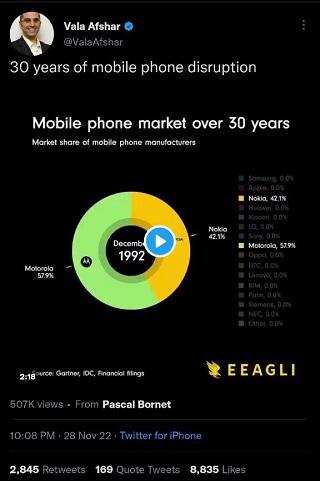
No doubt Nokia and Moto phones are still well built, just like back in the day. The near-stock software approach has always been a welcome idea among a section of diehard Android users.
But what remains glaring and surprisingly common between Nokia and Motorola’s smartphones is the poor software updates and aftermarket support.
Not only do you get one of the shortest software support windows with these two brands, but you also get to deal with extremely slow update rollout. But for this piece, let’s focus more on Nokia.
Today, Nokia is undoubtedly a shadow of its glorious past. Some may argue that Nokia is, in fact, doing better at the moment than it was a decade ago. And I agree, because numbers hardly ever lie.
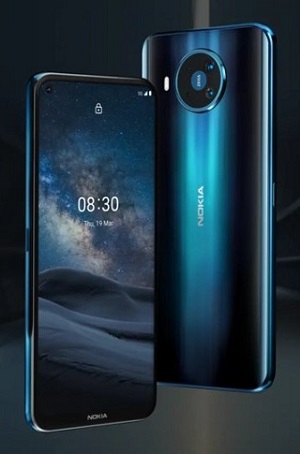
In Q4 2021, Nokia Mobile tripled smartphone shipments in the U.S. and registered strong growth in overall smartphone shipments, at least in five regions across the globe.
In the following quarter, Nokia smartphones were ranked third in terms of market share in the UK owing to a huge 200% growth in market share in the country. This was an indicator that Nokia Mobile was doing okay.
In Q2 2022, IDC and Strategy Analytics revealed that Nokia Mobile smartphone shipments tripled in the U.S., making it among the top 5 smartphone brands in the country.
Not relenting, the latest report by Strategy Analytics now claims Nokia Mobile is currently the fourth leading smartphone vendor in Western Europe. There was also growth recorded in North America, Central and Latin America.
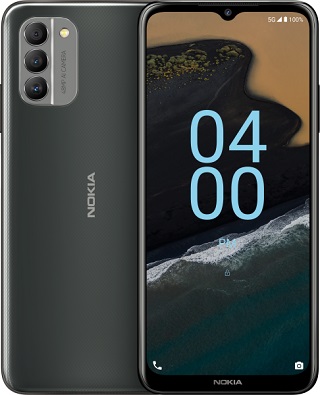
Apparently, Nokia’s market performance is heavily reliant on new smartphone launches as well as having an assortment of devices to choose from.
While this recent market growth implies business is good in Nokia’s camp. There’s still plenty of work to be done on the software front if Nokia is to maintain the current growth trajectory.
As noted earlier, Nokia still makes some good hardware. But we all know that hardware is only as good as the software that runs on it. And this is where Nokia falls short.
Once one of the fastest to roll out major Android OS updates owing to the clean, near-stock version that powers Nokia phones, the company is now living in its own shadow.
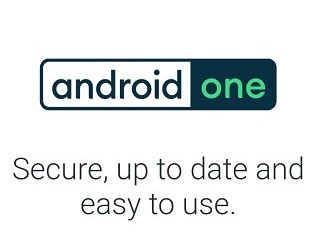
Arguably, Nokia’s Android One devices were meant to be Google Pixel alternatives in markets where the latter don’t sell. They promised speedy updates, a clean UI, and smooth experience.
But this has turned out to be the opposite. As I pen this, for instance, Nokia is still rolling out Android 12 update to its devices, with a number of them still in line to bag the update. ICYMI, it’s already December, and Nokia’s Android 13 update is still nowhere.
Even with this huge delay, HMD Global couldn’t roll out a bug-free Android 12 update. Quite a number of damning issues have been frustrating owners of various Nokia devices after installing the OS.
But given how slow Nokia updates have become coupled with the poor customer support, those affected are often in the dark regarding if and when these issues will ever be addressed.

It gets even more frustrating knowing that your Nokia device won’t receive the same duration of software support as a similarly priced or even cheaper device from Samsung, OnePlus or Google.
But what’s even more infuriating is the fact that once the short window of software support ends, you cannot even unlock the bootloader and install a custom ROM of your choice.
The legendary Redmi Note 4 launched almost 6 years ago. (crazy, ik). Now it’s running on Android 13, which is 7 Android versions ahead of what it launched with! All thanks to custom ROMs 🔥. Community support is crazy good for Xiaomi phones, especially for the Note series ones.
Source
Nokia phones have some of the worst aftermarket support. The best the company does is publish the source codes, which aren’t as useful with locked bootloaders.
The beauty of having an easily unlockable bootloader is that you can switch to a custom ROM whenever you feel like the stock ROM is buggy or not receiving the attention it deserves from the vendor.
Unfortunately, HMD Global has excelled at denying Nokia owners this possibility, and it could come at a huge cost for the company.
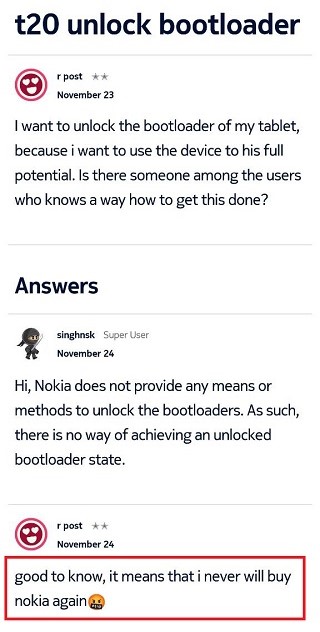
Nokia is still pushing Android 12 updates, with no single device having received Android 13. On the contrary, other vendors have pushed Android 13 to multiple devices, and Google will soon begin testing Android 14 developer preview.
If anything, Nokia is falling further and further behind. And for a company that came back to prominence just a few years ago on the premise of providing clean Android with fast updates, it looks like Nokia may not maintain its current growth trajectory for so long.
Looking at recent market performance, it would be a shame if poor software updates and aftermarket support end up as major reasons that may send the company out of business yet again.
Do let us know your thoughts via the poll below as well as the comments section. The article will be updated with the poll results after a week.
Sorry, there are no polls available at the moment.Update (Dec. 12, 2022)
It looks like 70% of our readers agree that Nokia is at risk of losing relevance unless the software concerns get addressed. Another 20% believe Nokia is already dead, while the rest think software issues won’t affect the company.
PiunikaWeb started as purely an investigative tech journalism website with main focus on ‘breaking’ or ‘exclusive’ news. In no time, our stories got picked up by the likes of Forbes, Foxnews, Gizmodo, TechCrunch, Engadget, The Verge, Macrumors, and many others. Want to know more about us? Head here.

![[Update: Poll results out] Is Nokia risking becoming irrelevant again? [Update: Poll results out] Is Nokia risking becoming irrelevant again?](https://stage.onepluscorner.com/wp-content/uploads/2022/12/Nokia-software-support.jpg)